
Whether you’re a homebrewer or running a small business, understanding coffee roasts is a must if you aim to curate the freshest, best-tasting coffee. It can definitely be confusing to determine what exactly a coffee roast date is and how it differs from expiry dates; especially with the plethora of differing opinions and advice out there. Not to worry! We’ll filter through the details and leave you with clear answers so that you can consistently craft the best brew!
Looking for something in particular? Click on any of the links below to take you right there!
- What Is Coffee Roasting?
- The 4 Types Of Coffee Roasts
- What Is A Roast Date?
- What Is A Coffee Bean Expiration Date?
- How Long After The Coffee Roast Date Are Beans Good For?
- Is It OK To Use Expired Coffee Beans?
- How To Buy The Best Coffee Beans
What Is Coffee Roasting?
Coffee roasting is the process in which the coffee beans are heated in order to achieve solubility — that is, the ability to dissolve in water. Without the roasting process, green coffee seeds would not be able to dissolve in water and provide a great coffee taste. Coffee is typically roasted in a large commercial roaster, a cylindrical machine that turns over and over like a clothes dryer and has flames underneath. But a traditional roaster isn’t the only way to roast coffee, which can also be roasted using a cast iron pan or a popcorn popper.
The 4 Types of Coffee Roasts

What’s the best type of coffee roast for your taste? Legend has it that because a darker coffee roast has a stronger, more intense flavor, it has the most caffeine. But that’s a myth. Truth be told, 50 grams of a darker roast and 50 grams of a lighter roast have roughly the same amount of caffeine. It is the density of the beans, not the coffee’s overall weight, that determines the amount of caffeine. Light-roast beans have a greater density than dark-roast beans; so, with a light roast, each individual bean has slightly more caffeine — whereas, with a dark roast, each individual bean would have slightly less caffeine.
Light Roasts
Coffee beans, in their unprocessed state before roasting, are green and have a grassy smell; it is after roasting that they turn a shade of brown and acquire the aroma one typically associates with coffee. The shade of brown is determined by the type of roast. With a light roast, the beans turn a light brown — and light roasts are typically achieved by roasting the beans at a temperature of 356-401°F/180-205°C. Light roasts are known for having a toasted grain taste and for their obvious acidity, and their light brown color remains after they are turned into liquid coffee.
Medium Roasts
With medium coffee roasts, beans are turned from their original green to a medium brown, and this type of roast requires a higher temperature than a light roast — typically, somewhere between 410-428°F or 210-220°C. Medium roasts lack the toasted grain taste associated with light roasts, and they have more body. But like light roasts, medium roasts have no oil on the surface of the beans. Medium roasts are known for having a more balanced aroma, flavor, and acidity than light roasts, and they have slightly more caffeine than light roasts. That medium brown color remains after the roasted beans are ground up.
Medium Dark Roasts
When green coffee beans are given a medium-dark roast during the roasting process, they acquire a brown color that is darker than medium roasts and much darker than light roasts yet not as dark as a dark roast. A medium-dark coffee roast typically requires temperatures of 437-450°F/225-232°C, and this type of roast gives coffee a flavor that has more body than a medium roast or a light roast. And with a medium-dark roast, one begins to see some oil appearing on the beans — although less oil than with a dark roast.
Dark Roasts
The roasting process turns all coffee beans from their original green to some shade of brown, and with a dark roast, the beans are turned to a very dark brown that is almost black in its appearance. A dark coffee roast requires temperatures of 465-480°F/240-248°C, resulting in beans that have a great deal of body and a deep, rich, smoky, somewhat bitter taste. With a dark roast, beans become thinner — and with decreased density, there is slightly less density in each coffee bean. With a dark roast, one sees more oil on the surface of the coffee bean.
What is a Roast Date?

Quite simply, the coffee roast date indicates when the batch of beans you’re purchasing was roasted. When initially stored, coffee beans are not roasted and are kept in their natural green state, which allows them to be stored longer. If you were to bite into a green coffee bean, you’d find that it would be grassy in flavor and squishy in texture. This state is great for long-term storage, but would definitely make an extremely poor cup of coffee!
To extract maximum flavor out of coffee beans, they must be roasted. The reason the coffee bean roast date is mentioned on the packaging is because of the chemical process that occurs when coffee beans are roasted. The actual roasting process requires coffee beans to be heated up to high temperatures rapidly. When they are at the peak level of being roasted, they will quickly be cooled so as not to burn. A roasted coffee bean is brown in color and crunchy in texture since much of the moisture within the bean is lost in the roasting process.
Once you’ve roasted a batch of coffee beans, it’s like activating a timer. They must be consumed within a certain period of time since the flavor created by the chemical reaction from the roasting process will slowly diminish if the beans remain unused for too long.
What is a Coffee Bean Expiration Date?
Now that we know what a coffee roast date is, what does the coffee expiration date tell us? It may seem obvious, but the expiration date lets buyers know after how long their coffee beans will cease to be consumable. Since coffee beans are organic and biodegradable, they will expire at some point. However, what may come as a surprise is that coffee beans can actually expire well before the listed expiry date listed on the packaging.
The main culprit of early coffee bean expiration is poor storage. When you receive a bag of coffee beans, they will be housed in a nitrogen-filled sealed bag to keep the beans fresh for the longest amount of time possible. However, once you open that bag up, your beans are exposed to the air which contains humidity, contaminants, and other unavoidable atmospheric substances, which will degrade your coffee beans faster.
To avoid early expiration, make sure to use an airtight coffee canister so that your coffee beans can be protected from contaminants and humidity. If you store your beans properly, the expiry date on the packaging will be relatively accurate, and it should mean your beans will be usable for a year after opening. Though, you may not want to wait that long…
How Long After The Coffee Roast Date Are Beans Good For?
The expiry date lets you know when you should use your beans by, right? Well, yes. But not if you want to get the best quality and freshest result. If you really care about the taste of your coffee and want the purest brew, you need to really pay attention to the coffee roast date. Most baristas agree that consuming your coffee beans anywhere between 7-21 days after the stated roast date will give you the best-tasting coffee.
It’s important to note that if you plan on buying coffee for immediate use, you shouldn’t purchase beans that have been roasted less than a week prior. Beans that are ‘too fresh’ are still going through a degassing phase from the roasting process, and until the beans have time to equalize, they will not offer the correct flavor profile when brewed.
Is It OK To Use Expired Coffee Beans
The answer is a bit complex. Coffee beans degrade in a different way than most food products. It won't develop mold or make you sick, even after the expiry date as long as they are kept dry. So from a health perspective, you're in the clear even if the date has passed.
However, that's not to say that your coffee will taste fresh. Coffee's flavor will degrade over time as exposure to oxygen will cause the chemical makeup of your beans to break down and lose intensity. To make sure you're drinking your coffee at the peak of its flavor, you should try to drink your coffee within 3 weeks of the purchase date.
How To Buy The Best Coffee Beans
Now that you understand what coffee roast dates are, how they relate to expiry dates, and when the ideal time to consume your coffee beans is, you can start planning ahead. Buying in bulk, unless you plan to use large quantities of coffee beans in a short period of time, is not advisable if you want to keep your brew pure and within the period of the best flavor. Try to plan your coffee bean purchases so that you can use your coffee beans within 7-21 days after the coffee bean roast date and enjoy a brew that is truly packed with aroma and nuance! Equally as important, make sure to store your coffee beans in an airtight container once they have been opened. This will preserve their freshness for far longer!
With the coffee roasting process, there is not a “one size fits all” approach or a “correct” approach. Some coffee lovers prefer the light brown texture and the toasted grain taste of a light roast, while other coffee lovers crave the deep, full-bodied smokiness of a dark roast — and medium and medium-dark roast options are somewhere in between. Some coffee enthusiasts enjoy all of the different roasts, depending on what they are in the mood for on a given day. There are no cardinal rules when it comes to choosing a type of roast — and with coffee, different strokes please different folks.


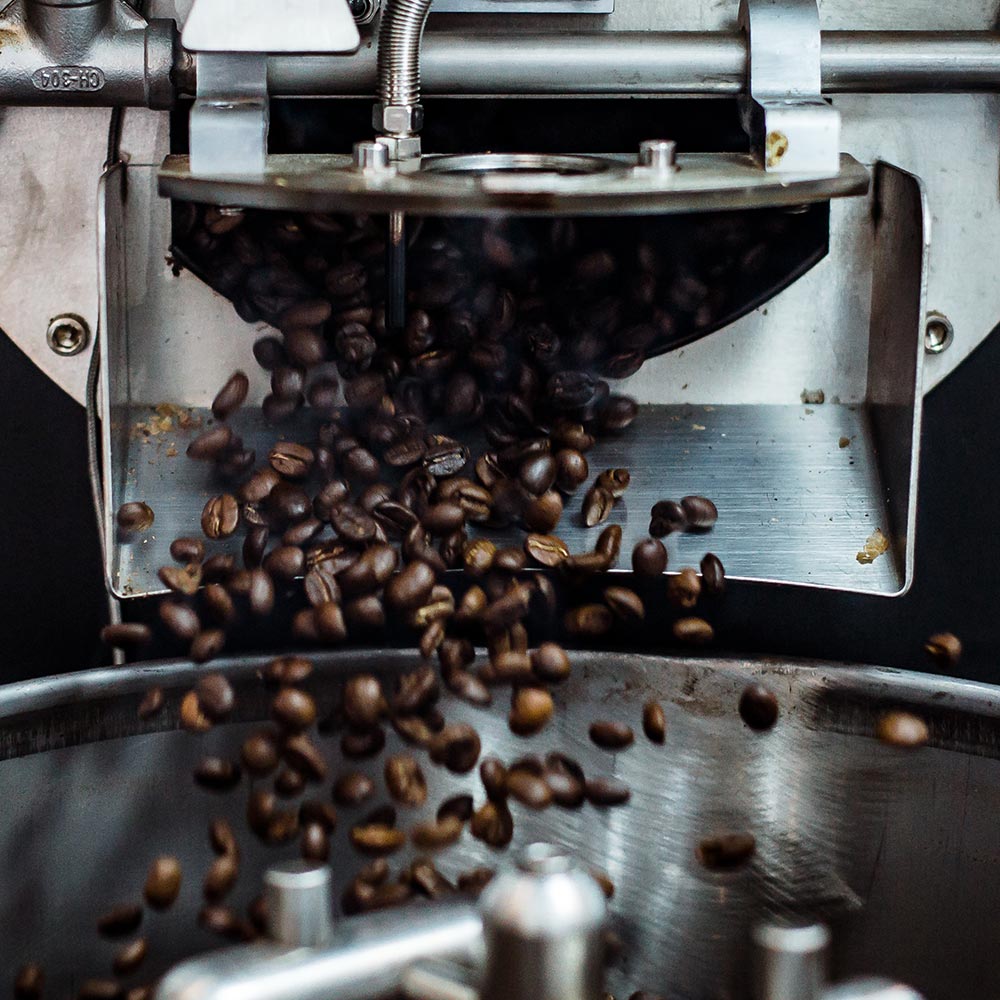
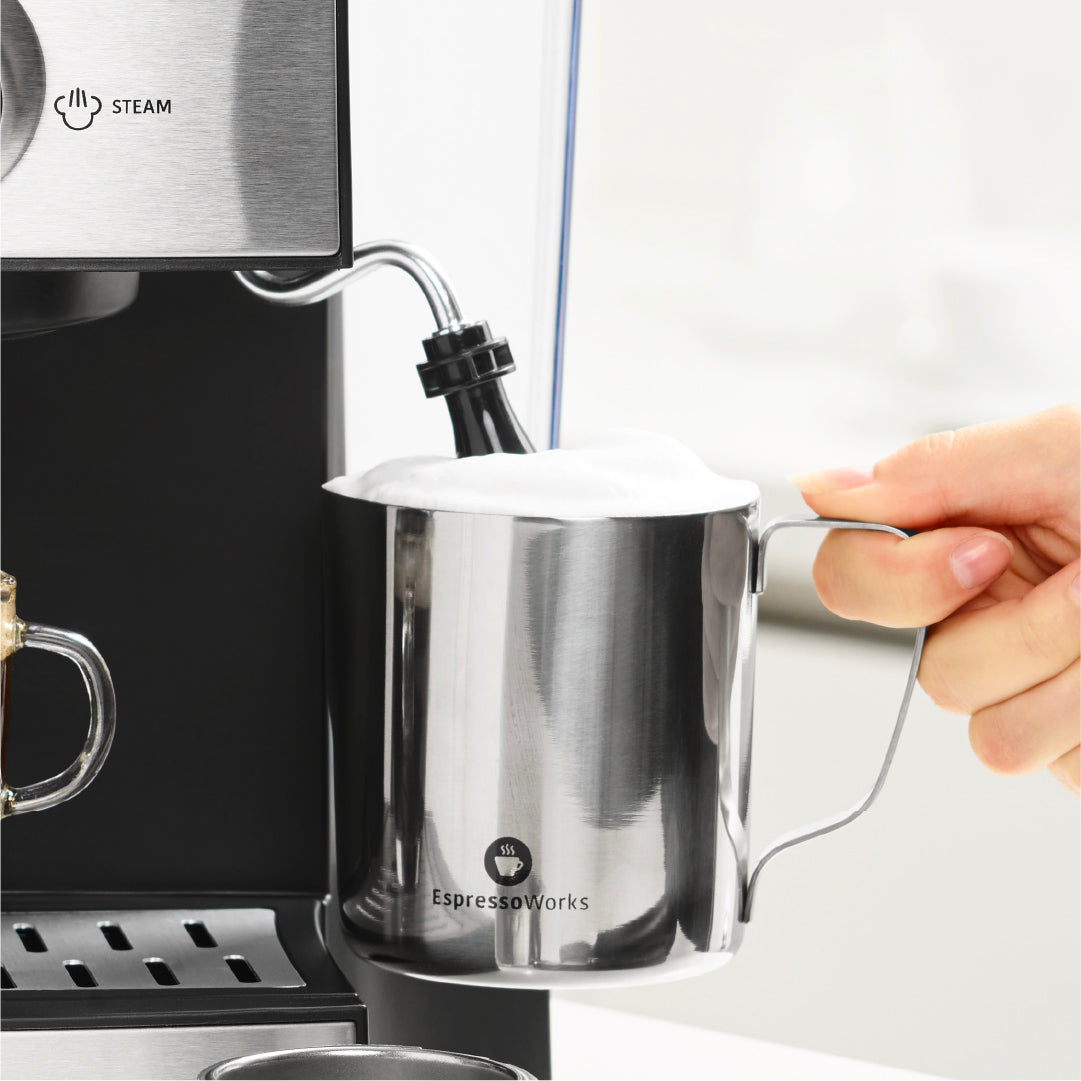
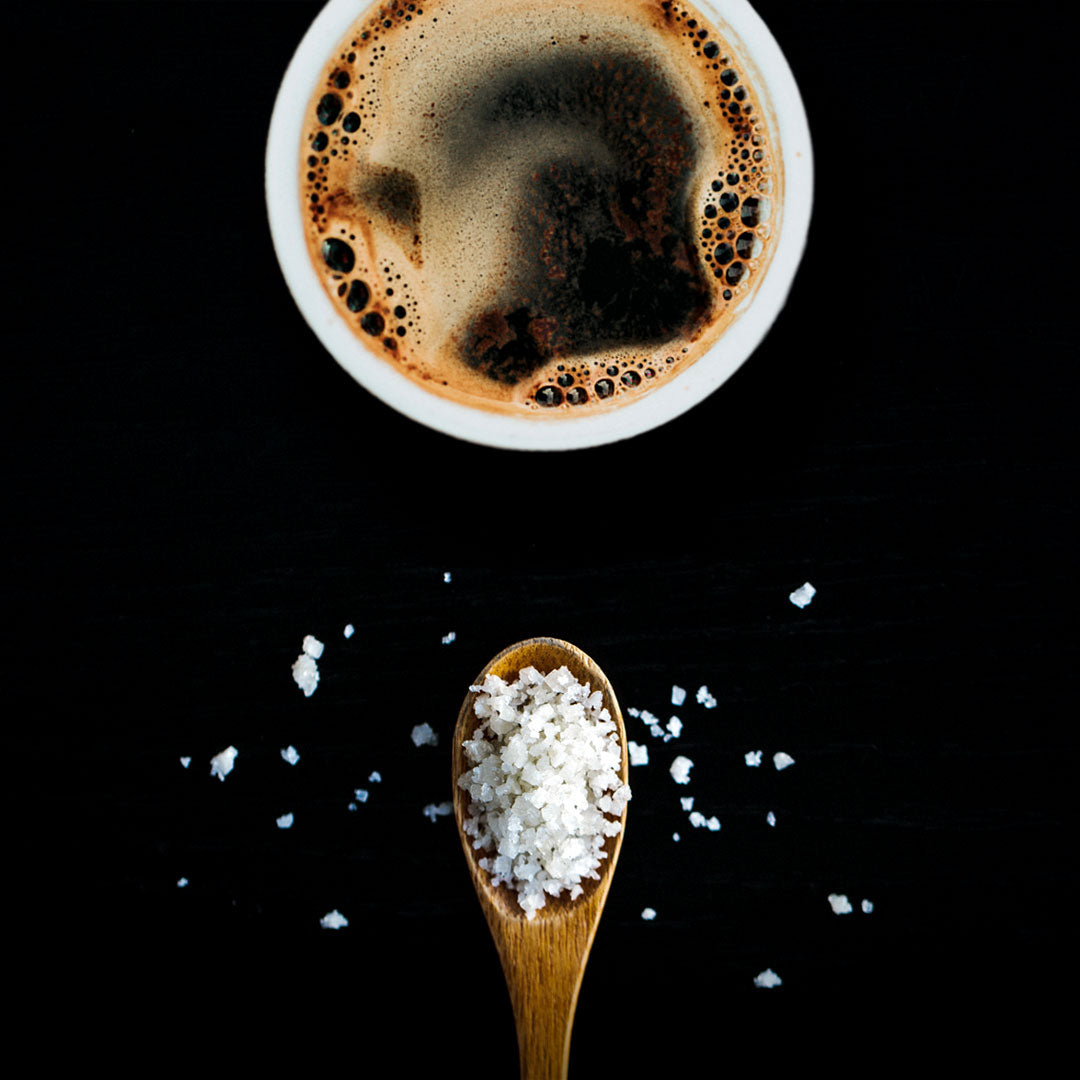
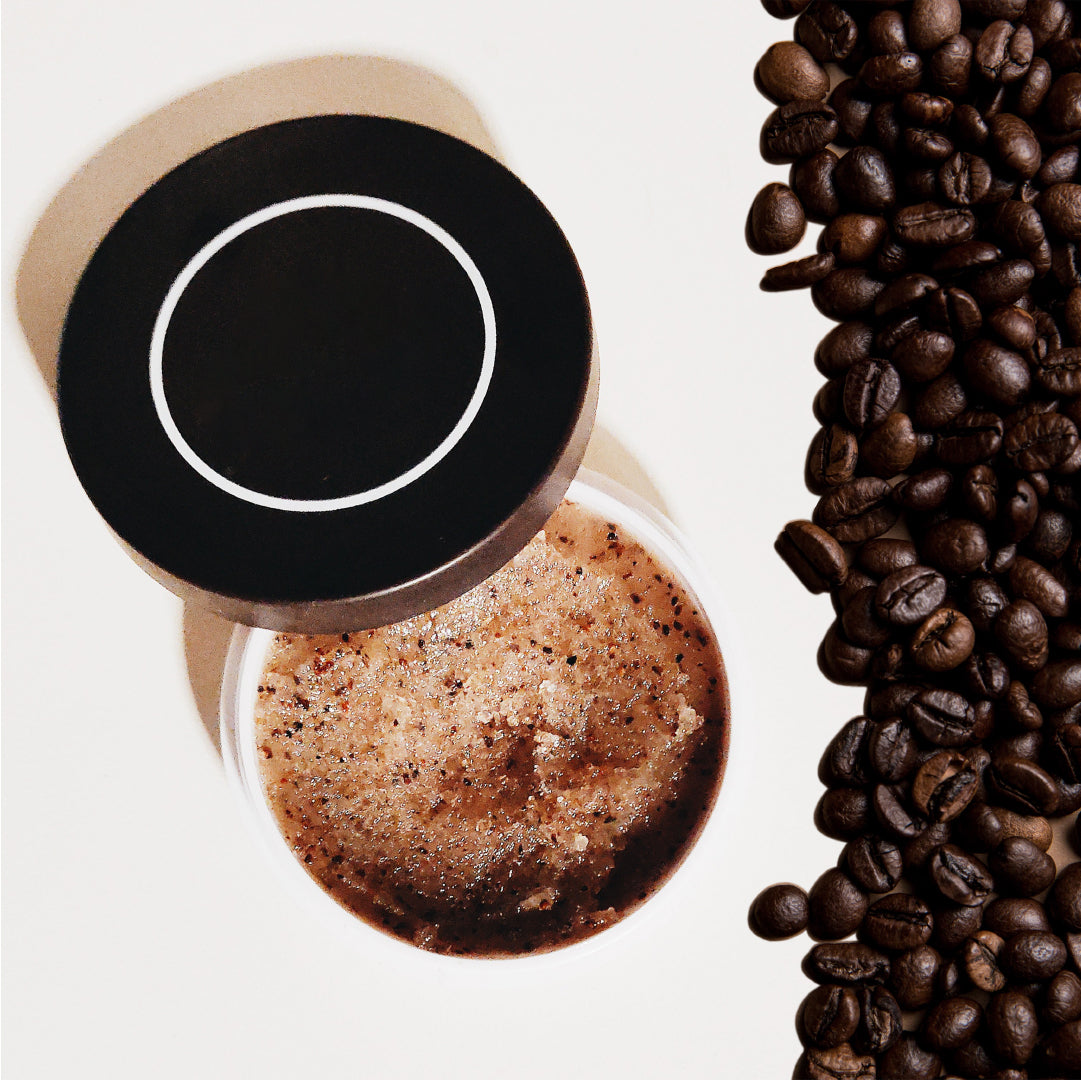
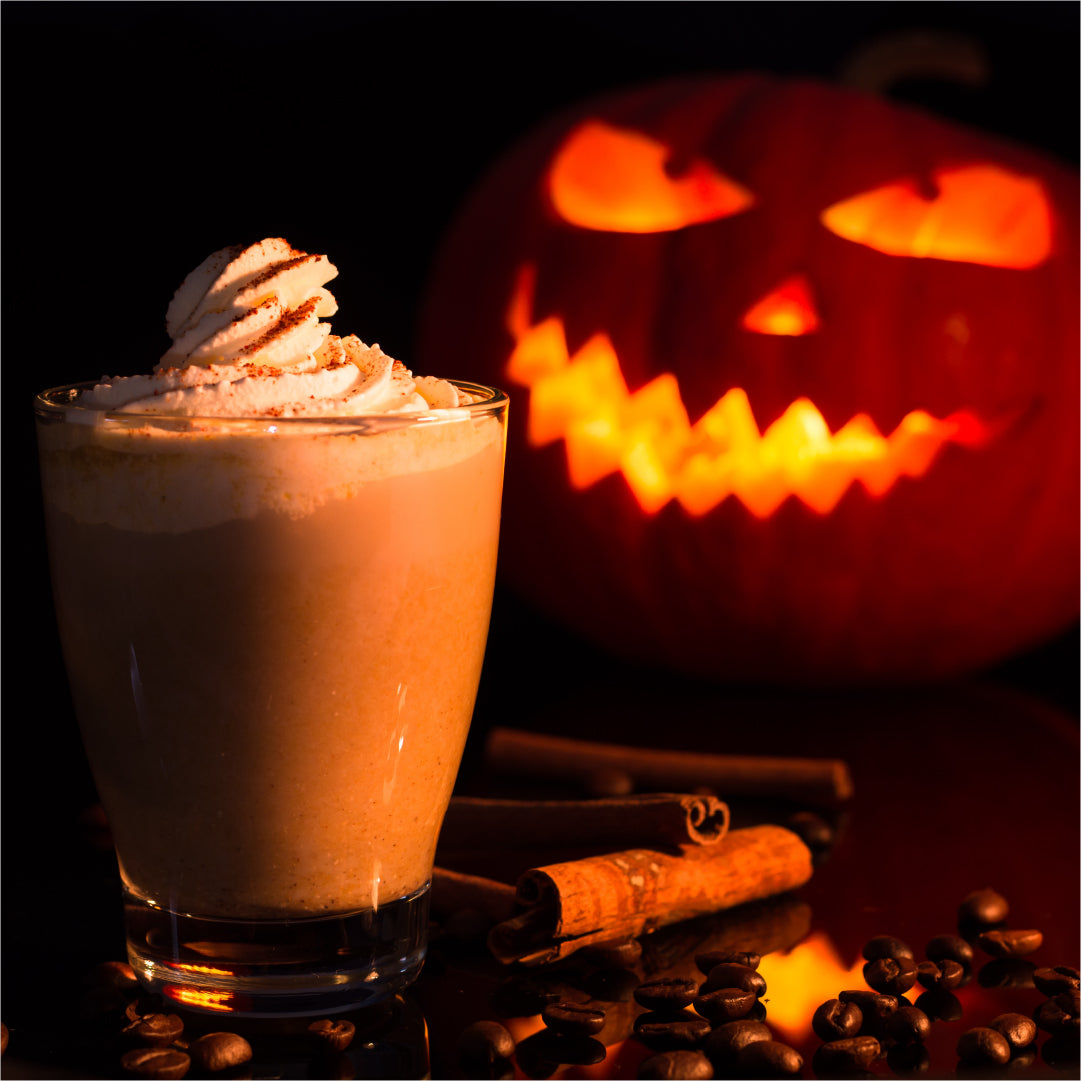
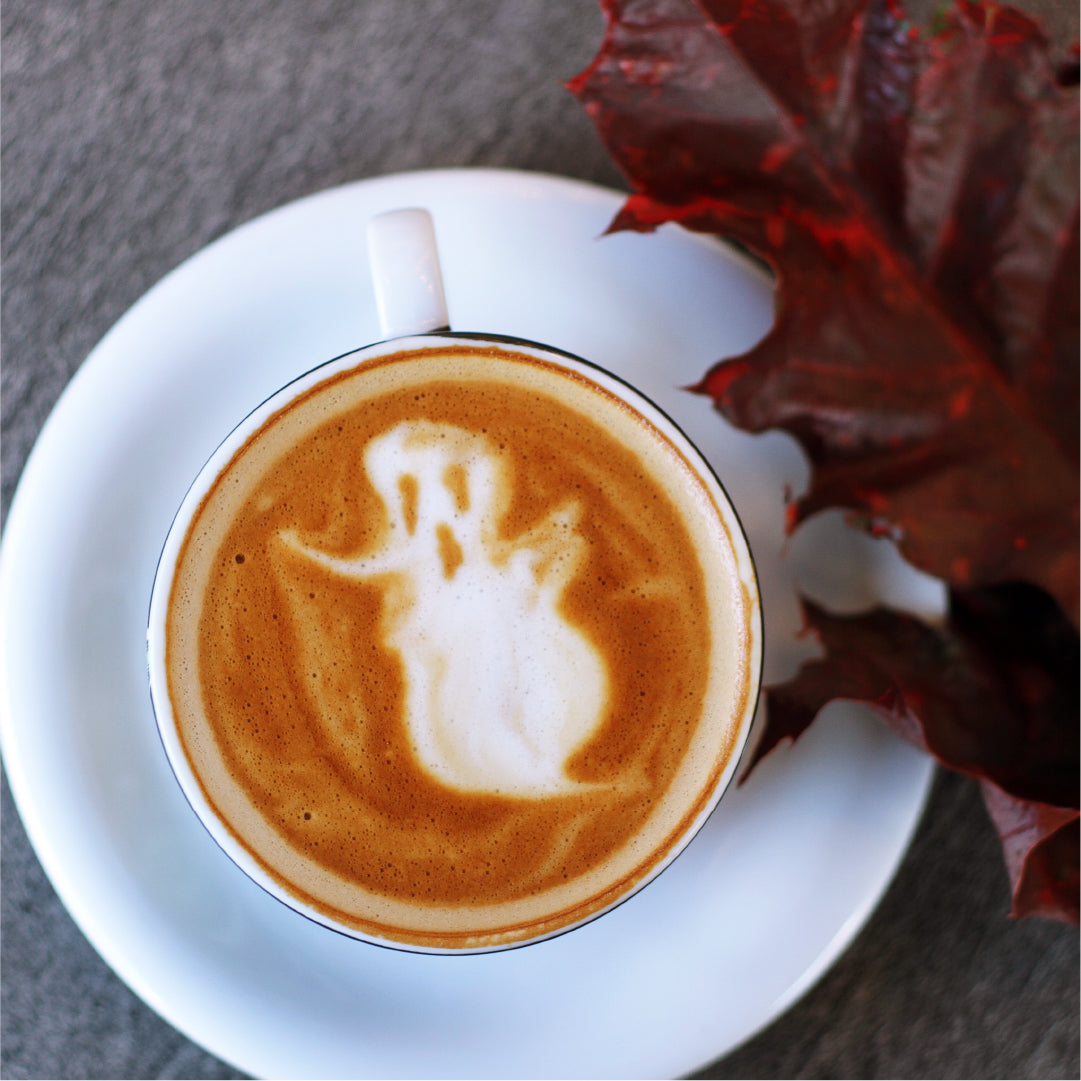
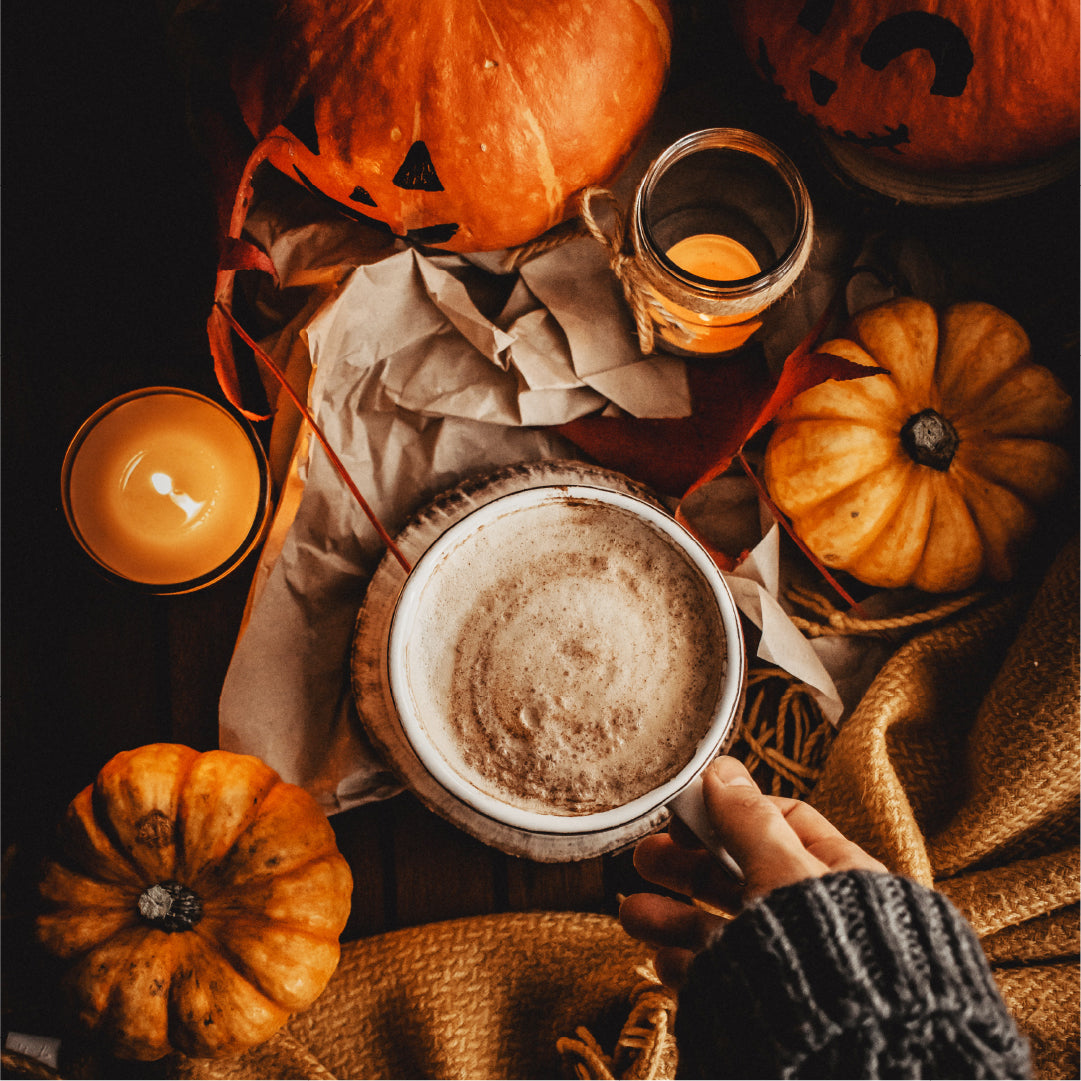
Share:
The Complete Guide to Coffee Desserts
Making Cold Brew Coffee at Home